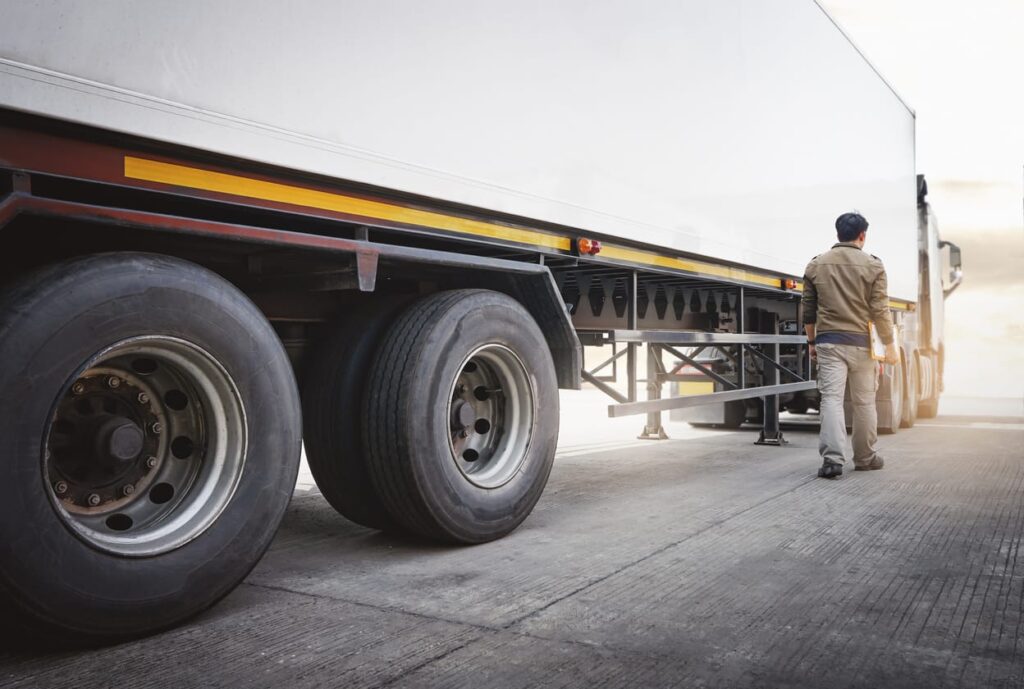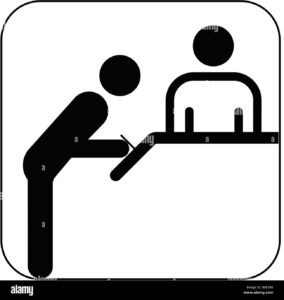
Travelling to Hawaii is an invitation to a way of life filled with great natural beauty, a vibrant cultural legacy, and the warm embrace of Hawaiian culture. It’s more than just relocating there. Hawaii’s peaceful environment and lively towns attract visitors with their sandy beaches and greenery. In this complete guide we’ll explain all you need to know to ensure a smooth and successful transfer to Hawaii. This is your road map to starting a new chapter of your life in paradise, regardless of your preference toward adventure, peace, or freshness. So, pack your bag of adventure and get ready to discover the charm of Hawaii.km3
1. Pick the Island wisely
The right island selection is essential for a fulfilling Hawaiian experience, with six major islands to choose from, each with its own unique charm and lifestyle:
- Hawaii (The Big Island): Covering an area of more than 4,000 square miles, the Big Island is a naturalist’s heaven with its unique landscape that includes lush rainforests and active volcanoes.
- Maui: Well-known for its beautiful beaches and wide range of activities, Maui is a great option for many visitors as it finds the right balance between leisure and excitement.
- Oʻahu: Known for its world-class food, shopping, and cultural attractions, including Waikiki Beach and Pearl Harbor, Oahu is home to Honolulu, the state capital.
- Kauaʻi : Often referred to as the “Garden Isle,” Kauaʻi attracts visitors with its remarkable natural beauty, which includes magnificent coastal cliffs and rushing waterfalls. It provides outdoor enthusiasts with a calm oasis.
- Molokaʻi: Offering a glimpse into traditional Hawaiian life, Molokaʻi’s rural appeal and strong feeling of community make it the perfect destination for anyone seeking sincerity and peace.
- Lana’i: Previously devoted to a pineapple plantation, Lana’i has evolved into a luxury vacation spot with gorgeous beaches and lavish resorts, appealing to those seeking privacy and elegance.
2. Take A Deep Look Into Hawaiian Culture
Understand Hawaii’s rich cultural material, which combines traditional practices with a variety of cultural influences, before deciding to relocate:
Enjoy the relaxing tropical weather and peaceful island atmosphere, where time appears to stand still, and the natural world dominates. Be ready for year-round sunshine and occasional tropical storms, but try not to let them bring you down.
To express respect for the local way of life, become familiar with a few basic Hawaiian terms and practices. Accept the Hawaiian spirit, which places a strong emphasis on harmony with the environment, other people, and kindness.
3. Understand the Costs of Living in Hawaii
Despite Hawaii’s popular high cost of living, the state’s outstanding natural beauty and high standard of living more than make up for it:
When it comes to the expense of living in Hawaii, reassess your goals and expectations. The lifestyle and surroundings are precious, providing a unique mix of natural beauties and cultural richness, even though housing may be more expensive.
Make sure your spending plan covers accommodation, utilities, groceries, and travel expenses. Utilise neighbourhood markets and Kama’aina deals to make the most of your money and experience island living.
4. Financial Planning
Budgeting is crucial because moving to Hawaii results in increased prices for housing, electricity, commodities, and services because of import duties. Be prepared to reduce or modify your expectations, as housing prices here are much higher than on the mainland, both for purchasing and renting.
Online shopping is varied; Hawaii is served by Amazon, while smaller shops could demand high delivery costs. Save money by purchasing in bulk from wholesalers like Costco and Sam’s Club and by purchasing fresh vegetables at nearby farmers’ markets. Get a Hawaii driver’s license or state ID to benefit from Kama’aina discounts.
Increased fuel costs and vehicle maintenance are two aspects of transportation costs. There are limited options for taxi services like Uber and Lyft as well as public transit. Although it’s usually required to own a car, Hawaii doesn’t have toll roads, therefore costs are reduced.
The cost of utilities, particularly electricity, is high. To control expenses, take into account alternative power options and energy-efficient appliances. Keep in mind that sewage and water usage are also higher.
Hawaii’s cost of living is almost 80% more than the national average, despite the state’s higher average earnings. You can, however, make the most of life by giving priority to free or inexpensive activities like swimming, biking, hiking, and visiting state parks and beaches. Participate in the local community and make use of the free or low-cost historical and cultural organizations, museums, and festivals. You can live a happy and meaningful life in Hawaii by reducing wasteful spending and making sensible financial decisions.
5. Secure Employment Opportunities
Hiring a job beforehand is essential if you intend to move to Hawaii without a distant job or transfer. Over 200,000 jobs are generated by the hotel and tourist sectors, which are a major contributor to Hawaii’s economy. Hawaii welcomes about 9 million visitors a year, making the tourism industry a reliable and profitable industry.
Aside from tourism, a variety of work opportunities can be found in manufacturing, property management, landscaping, fishing, defence, and agriculture. Every island has unique economic advantages, so learning about the main industries on the island you’ve selected will help you focus your job search. Before you relocate, look for appropriate work possibilities using online job platforms such as HireNet Hawaii and Real Jobs Hawaii, as well as local hiring agencies and recruiters.

6. Prepare for Your Move
Look about the details of packing, shipping, and transportation as you get ready to move. Sort through your belongings and make a list of the things you will need most for your new life in Hawaii. To help with packing and hassles of transportation, think about hiring expert movers. If you’re sending a car to Hawaii, look into reliable car transport providers and educate yourself on the shipping procedure, including the rates, schedules, and paperwork needed
6. Prepare for Your Move
Look about the details of packing, shipping, and transportation as you get ready to move. Sort through your belongings and make a list of the things you will need most for your new life in Hawaii. To help with packing and hassles of transportation, think about hiring expert movers. If you’re sending a car to Hawaii, look into reliable car transport providers and educate yourself on the shipping procedure, including the rates, schedules, and paperwork needed
7. Ship Your Car
If buying a new car in Hawaii isn’t in your plans, you’ll need to ship your vehicle from the mainland. It is not possible to drive it there, but hiring a reputable car transporter accelerates the procedure. Usually, a certified car carrier will pick up your vehicle and transport it to a port. It will then be loaded aboard a ship that is headed for Hawaii. It will be unloaded and prepared for pickup at a nearby port upon arrival.
The cost of shipping might vary from $1,000 to $3,000 based on the size of your car and the point of departure. Research is crucial because ports can differ in terms of requirements, costs, and transit times. Some typical maritime routes are as follows:
- Shipping a Car from California to Hawaii
- Shipping a Car from Los Angeles to Hawaii
- Shipping a Car from Seattle to Hawaii
To guarantee an enjoyable and affordable shipping experience, make advance plans.
8. Book a one-way ticket
Get the greatest deals on your flight by booking as early as possible:
- Flights from the West Coast: These flights are usually less expensive. To reduce costs on travel and extend your trip, think about driving to an airport on the West Coast.
- Car Shipping: You can drop off your car for shipping if you’re travelling to a port on the West Coast. Oakland, Long Beach, and Los Angeles are among the well-known ports.
9. Get Kama'aina Deals with Your Hawaii ID
Hawaiian residents are qualified for the following kama’aina (resident) discounts:
Registration
As soon as you can, register for a state ID or driver’s license in Hawaii. You should verify with your local DMV or licensing office as each island has a different registration procedure.

Discounts
A lot of businesses provide customers discounts on dining out, shopping, housing, and entertainment. Get access to local benefits and save money by using your Kama’aina status.

10. Enjoy your time on the island!
Now that everything has been planned and prepared, it’s time to enjoy your new house. There are countless outdoor activities available in Hawaii, including biking, snorkelling, and surfing. Take advantage of the free and inexpensive attractions while exploring the area’s natural splendour. Attend neighbourhood activities, enroll in Hula classes, or form community organizations. Your experience will be enhanced by interacting with the community and forming relationships. Unwind and enjoy the slower tempo of island living. Spend some time relaxing, taking in the breathtaking surroundings, and becoming fully immersed in Hawaii’s unique culture. Relocating to Hawaii is an exciting journey full of surprises and unique encounters. You can make the move easier and take advantage of everything the islands have to offer by paying attention to these pointers.

